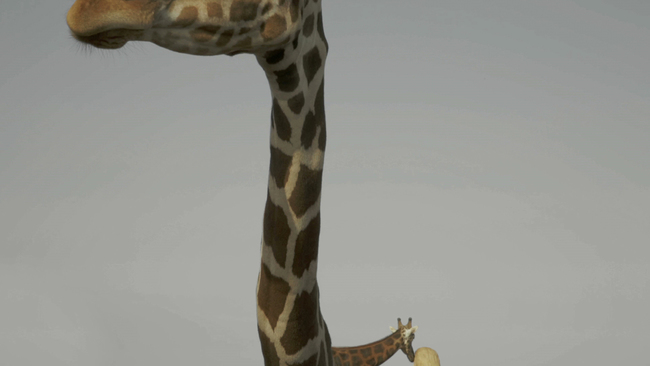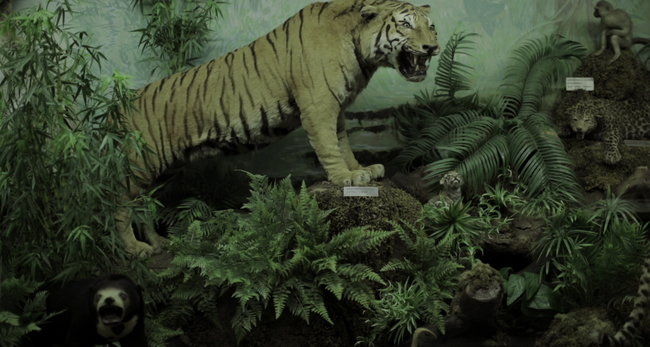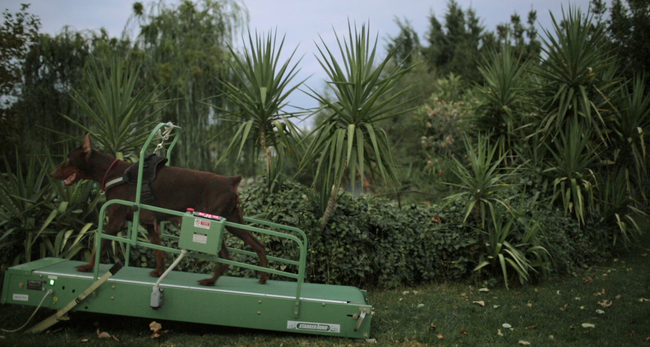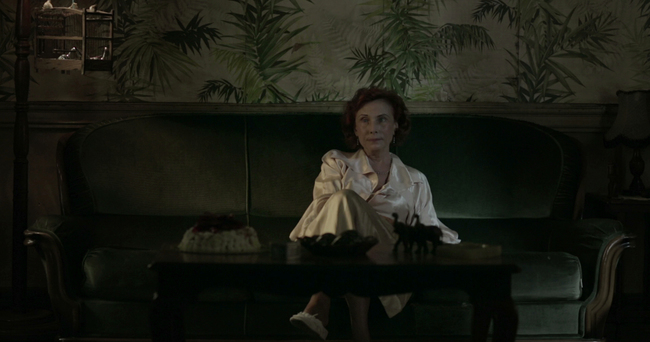Heat of the Moment: A Conversation with Konstantina Kotzamani

Over the past decade, contemporary Greek cinema has erupted onto the international film stage with a new vanguard of directors whose bold works share a taste for provocation and highly stylized worlds. This week on the Criterion Channel on FilmStruck, our Tuesday’s Short + Feature series pairs two outstanding entries from this “Greek Weird Wave”: Yorgos Lanthimos’s 2009 Oscar-nominated hit Dogtooth,a twisted drama about three adult children held captive by their parents, and Konstantina Kotzamani’s 2014 short Washingtonia,a hypnotic portrait of a stiflingly hot summer in Athens that unfolds in a series of meticulously composed tableaux and loosely interwoven story lines. Kotzamani’s work contains elements of the heightened reality and surrealism of her fellow so-called Weird Wavers, but it also possesses a lyricism and poetry all its own.
In anticipation of her film’s premiere on the Channel, Kotzamani—who is currently developing two feature-length projects—took some time to talk with me about her creative process and her thoughts on Greek cinema’s recent renaissance.
What made you want to become a filmmaker?
There was a ritual game my sister and I used to play when I was a little girl. Each of us made an animal miniature out of paper, and we placed the miniatures on the table, in the middle of the room. Then we hid and waited for them to come alive. We could wait for hours, observing them from afar. I’ll never forget that powerful desire we had to see something come to life. It was like crossing a threshold, entering a magnetic field. Every time I start a film project, I smell that exact same magnetism around me.

Watching Washingtonia a few years after first discovering it, I was struck once again by the beauty of the imagery and the color palette. What inspired the film’s visuals?
My first intention was to create a strange, exotic portrait of Athens in the summer heat, with all of these palm trees dying in the background. I gave the city the strange new name of “Washingtonia”—it’s a no-man’s-land of a tropical city, where the boundaries between people and animals are blurred. Once we started looking for locations, I had a powerful dream about a giraffe trying to enter my window with her long neck. The next day I went to the Athens zoo, where I shot the giraffe scenes in the film, and I learned that the giraffe is the animal with the biggest heart. Then I realized that my film is actually about that: big and small hearts, love and people who lack it.
What appeals to you about exploring the natural world?
Since I was a little child, I had all kinds of pets: dogs, rabbits, parrots, sheep, turtles . . . I was always seeing animals as if they were captured human souls. I think I experienced the primordial elements of the human condition through them: tenderness, responsibility, pregnancy, loss, death. I assume that’s why there’s so much animality in my films. Even when I come up with a new idea, I like to choose an animal that will “protect” the project. I just keep it in the back of my mind, and gradually the animal literally enters the universe of the film in some way.
The narration in the film is so distinctive. How did you decide to tell the story that way?
I started with no script at all. I only had subtle images and fragile moments that I wanted to capture, but not a full story. While I was searching for locations, I was also observing people and trying to think about what kind of character would fit in each space. This is how I met Mamadou Diallo, the African character. When I met him, I was overwhelmed by his deep voice, and I decided he would carry the narration. This film was really a constant improvisation—I had no idea how it would end.

How much did your location scouting influence the film?
I can’t envision a film until I have the right location to place it in. In Washingtonia, this was more intense than usual, since the film was written as the location scouting was taking place. New scenes emerged as I came across new places. I like filming locations as if they are places in someone’s imagination, places that don’t exist outside the filmed image.
Dogtooth, which your film is paired with on the Channel, is a much more brutal film. But there are similarities: you and Lanthimos both favor static, tableau-style shots, and you’re both fascinated by the relationships between human beings and the animal kingdom. What do you think of his film and of recent Greek cinema in general?
Dogtooth was released at a time when many Greek filmmakers were trying to use new digital media and explore alternative modes of production. It managed to communicate with an international audience, and what followed was an unexpected embrace of Greek cinema by international festivals and markets.
I remember being totally overwhelmed when I first saw it in the cinema. After Dogtooth, I’ve seen good and bad Greek films, and films that seem to want to be included in the “Greek Weird Wave” without having anything new to suggest. In a few years, the Greek cinema of our decade will undoubtedly be registered in cinema books under this umbrella. But, as with most film movements around the world, this is more the product of critics and festivals than of filmmakers themselves.

One last thing! Can you talk about the role of “seeing” in your work? In Washingtonia, you have a character, Mrs. Elli, who is blind. In your 2016 short Limbo, looking into the eye of the whale is an important metaphor.
Indeed I have a persistent interest in gazes, sight, and eyes. My latest script has a blind dog in it. There is something charmed about blindness that can allow an interior beauty and calmness to come through. And at the same time, it’s a kind of distorted vision of reality—a much more intimate and mysterious reality. Like an ecstatic insight.



